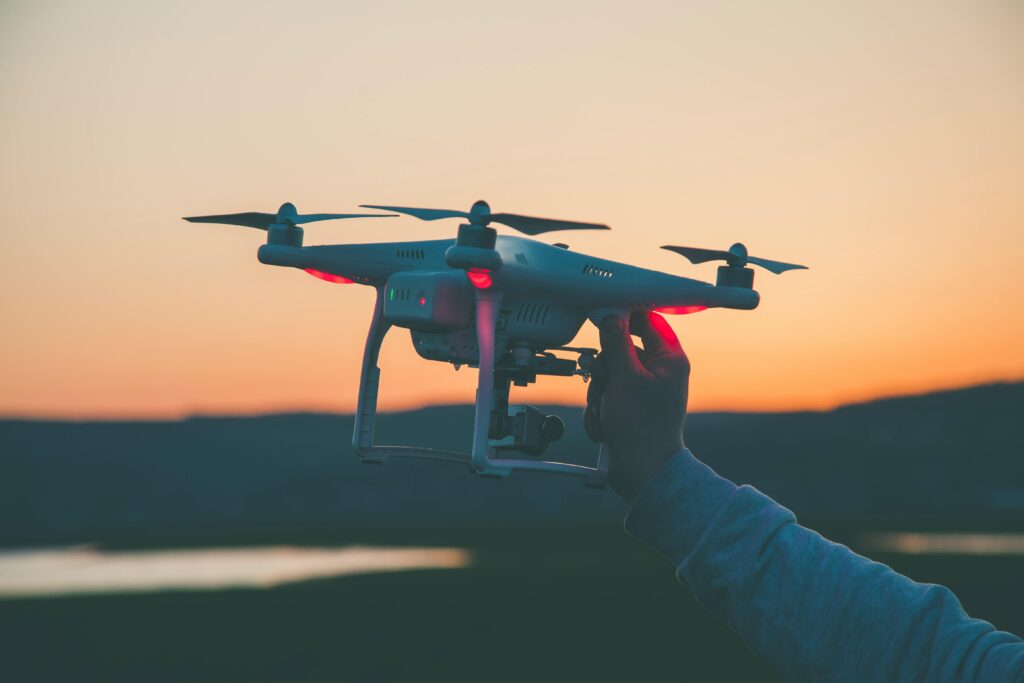Drone journalism has revolutionized the way news is reported, offering unique perspectives and capturing footage that was once inaccessible. As drones become more prevalent in the field of journalism, it is essential for media professionals to understand the opportunities and challenges that come with using this technology.
Enhanced Visual Storytelling
Drones have the ability to capture aerial footage that provides a bird’s eye view of events, landscapes, and situations. This visual storytelling adds depth and context to news stories, engaging audiences in a new and immersive way.
Cost-Effective Reporting
Traditional methods of capturing aerial footage, such as helicopters or planes, can be costly and logistically challenging. Drones offer a more cost-effective alternative, allowing journalists to gather high-quality visuals without breaking the budget.
Access to Remote Areas
Drones are particularly valuable for covering stories in remote or hard-to-reach areas. Whether it’s documenting natural disasters, environmental issues, or conflicts, drones can provide journalists with access to locations that may be otherwise inaccessible.
Real-Time Reporting
With the ability to livestream footage from drones, journalists can provide real-time updates on unfolding events. This instantaneous reporting adds a sense of urgency and immediacy to news coverage, keeping audiences informed as events happen.
Safety and Risk Mitigation
Drones can be used to capture footage in hazardous or dangerous environments without putting journalists at risk. From covering protests to documenting natural disasters, drones offer a safer way to gather news in challenging situations.
Privacy and Ethical Considerations
While drones offer numerous benefits for journalism, they also raise concerns about privacy and ethics. Journalists must navigate these issues carefully, ensuring that their use of drones complies with regulations and respects the privacy of individuals.
Technical Skills and Training
Operating drones for journalism requires technical skills and training. Journalists need to be proficient in piloting drones, understanding airspace regulations, and capturing high-quality footage. Investing in training and certification can enhance the effectiveness of drone journalism initiatives.
Integration with Traditional Reporting
Drone journalism is most effective when integrated with traditional reporting methods. Combining drone footage with on-the-ground reporting, interviews, and research can provide a comprehensive view of a story, enriching the storytelling process.
Audience Engagement
The captivating visuals captured by drones can enhance audience engagement with news stories. By incorporating drone footage into multimedia presentations, social media posts, and interactive features, journalists can attract and retain viewers’ attention.
Future Trends in Drone Journalism
As technology continues to evolve, the future of drone journalism holds exciting possibilities. Advancements in drone capabilities, artificial intelligence, and data analysis are likely to shape the way journalists use drones for reporting in the years to come.
Conclusion
By embracing the opportunities presented by drone journalism and addressing the challenges it brings, journalists can harness the power of this innovative technology to create compelling and impactful news stories.
Key Takeaways:
- Drones offer unique aerial views that enhance visual storytelling and deepen audience understanding.
- They provide a more affordable alternative to helicopters or planes for capturing high-quality footage.
- Journalists can reach remote or inaccessible areas to cover events that might otherwise go unreported.
- Livestreaming through drones enables real-time coverage of breaking news.
- Using drones reduces physical risks for journalists in dangerous or hazardous environments.
- Ethical concerns, especially around privacy, require careful navigation and adherence to regulations.
- Effective drone use demands proper training, technical skills, and certification.
- Combining drone footage with traditional reporting methods results in more complete and compelling stories.
- Engaging visuals from drones help capture audience attention across platforms.
- Ongoing technological advances will continue to expand the potential of drone journalism in the future.
To further enhance your skills and excel in drone journalism, consider exploring the NYU | Modern Journalism online course and certificate program offered by Yellowbrick. This program can provide valuable insights and training to support your growth as a skilled journalist leveraging drone technology in today’s dynamic media landscape.








